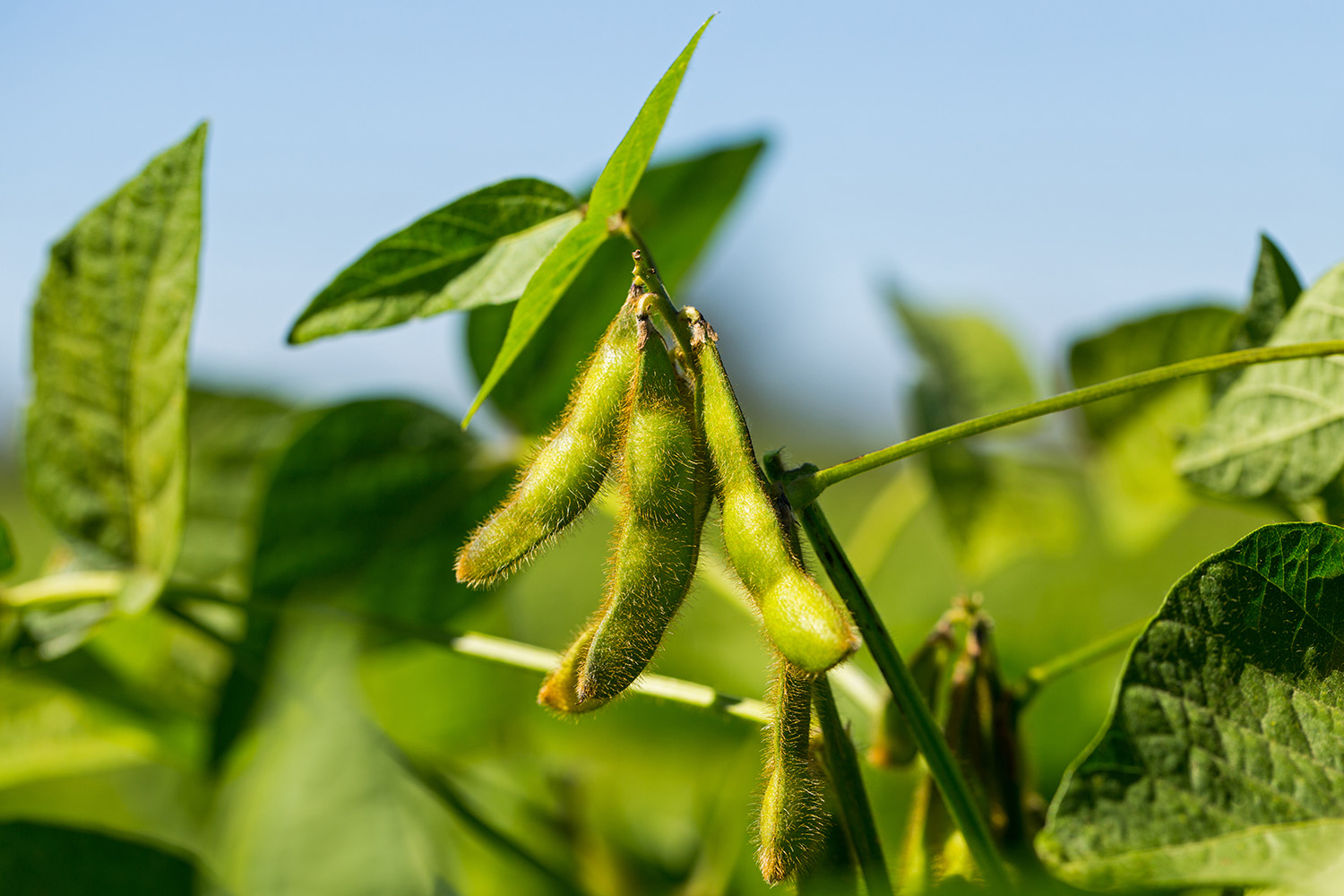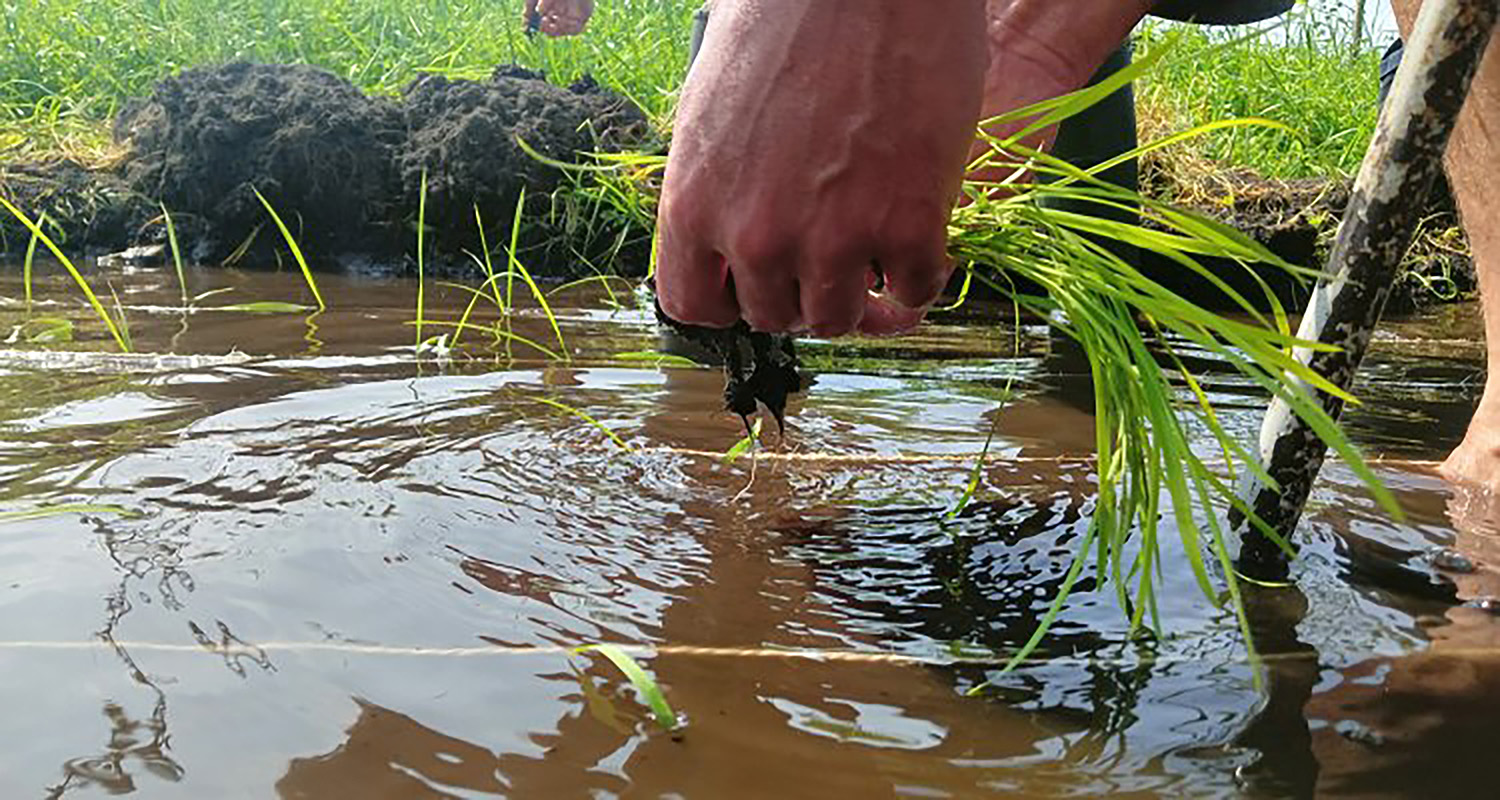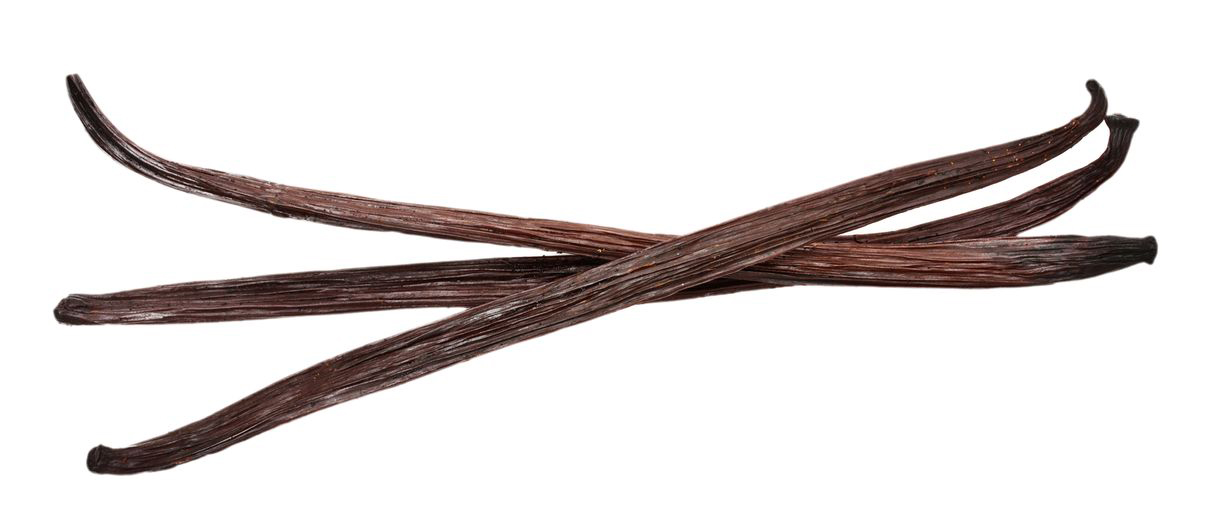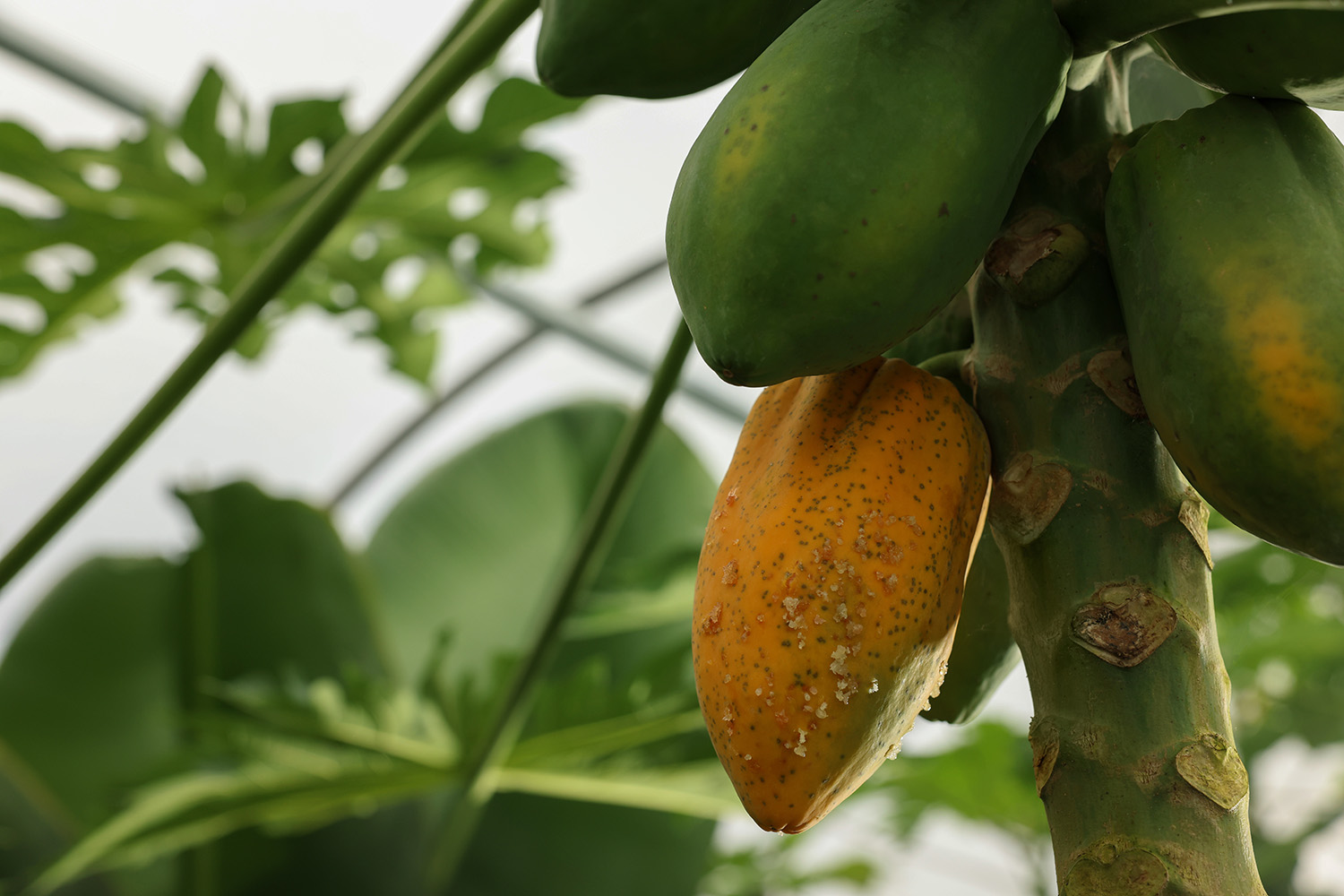
Longread
Dutch soybeans and polder rice: new crops in a changing climate
Drier summers, wetter winters, higher temperatures and more frequent heavy downpours. Climate change is now a fact of life that is affecting global crop production. Will we soon be trading kale stew and pea soup for homegrown soybeans and risotto rice? Wageningen University & Research is working with growers to explore the potential for growing tropical and subtropical crops in the Netherlands
Dutch soybeans
One crop increasingly being cultivated in the Netherlands is the soybean. There are several reasons for this, says Ruud Timmer, research associate in pulses. “Due to the protein transition, we are eating more plant-based products. Soybeans, in the form of soy milk, soy burgers or edamame, for example, are becoming more popular. Demand for local products is also growing. We’re becoming much more aware of how food production impacts the places of origin. In South America, for example, soybean cultivation is destroying the rainforests. Transport from distant countries also increases our climate footprint."

Despite more widespread soy cultivation in the Netherlands, our climate is not ideally suited for soybeans - or at least not yet, Timmer stresses. "Soy thrives in areas with high temperatures and sufficient rainfall. However, temperatures aren’t yet high enough in the Netherlands. As it is vulnerable to frost, you can’t start sowing soy until May. For ripe beans, you need to wait until October before harvesting. Higher average spring temperatures would allow us to start sowing earlier in the Netherlands, giving the bean a longer ripening period. At the same time, we are also studying cultivars that thrive in cool climates, such as in north-western Europe."
But even if climate conditions or genetic characteristics were optimal, it is questionable whether soybean cultivation would be profitable here. Timmer: "Soy has low (financial) yields compared to other crops like potatoes, beets and onions. We can still increase the yield per hectare, but soybean cultivation won’t play a major role in our country. I see more opportunities for importing soy from neighbouring countries, which have much more land available and where soy fits better in the crop rotation. Large-scale cultivation is already taking place in central France and northern Italy, as well as in some countries along the Danube, such as Serbia, Romania and Ukraine. Which is still closer to home than North or South America."
Long beans from community gardens
Particularly for home consumption and community gardens of people from different cultural backgrounds, the potential for semi-tropical crops is growing in our country, says research associate Martina Huber. Water spinach, long beans and herbs like lemon basil and Thai coriander are growing well when cultivated under plastic in poly tunnels and profiting from the increasingly warmer Dutch summers. These vegetables are showing potential for the future also, because some products have a very limited shelf life. Growing them close to home reduces the impact of air freight on greenhouse gas emissions. Successful experiments are already taking place in our country.The public is still unfamiliar with many exotic crops, such as bitter gourd, snake gourd and waxed gourd, which are cucurbit crops, related to pumpkin and squash, that can do well in greenhouses without heating.
Polder rice
Another product vulnerable to climate change is Japonica rice, used for e.g. risotto. One of the areas that has suffered greatly from droughts in recent years is Italy's Po Valley, which provides much of our risotto rice, says associate professor Tom Schut from the Plant Production Systems Chair Group. “If droughts become a more common occurrence, risotto rice cultivation in Europe will need to move further north to places where water shortage is less of a problem. Several years ago, the rice cultivar Lotto was successfully introduced in northern Switzerland. The region has a fairly similar climate to the Netherlands, so in 2023 we teamed up with Leiden University to experiment with risotto rice at the Polderlab Vrouwe Venne near Leiden."

The Polderlab is based in a peatland area. According to Schut, peatland is ideal for growing risotto rice. "Rice grows well on wet soil and peatland naturally has a high-water table. In the Netherlands, however, we maintain an artificially low water level for agriculture and habitation. This increasingly creates problems such as land subsidence, seawater intrusion and salinization with complex water management to respond to rising sea levels. Drained peatlands also result in very high greenhouse gas emissions. By raising the water level, we not only create good conditions for rice cultivation, but also strongly reduce greenhouse gas emissions and combat the impact of climate change. However, this requires major interventions in the water system and impacts land use."
Due to the relatively cold late summer, the experiment in Leiden yielded very little rice in 2023. Nevertheless, Schut still sees potential for rice cultivation in the Netherlands. "We will be continuing our research. For example, we will look for the cultivar best suited to Dutch conditions and explore how best to manage cultivation to minimise greenhouse gas emissions. There are economic opportunities too. In future, rice cultivation on wet peatland may become more lucrative than livestock farming. Eventually, this might persuade farmers to switch. However, 'polder rice' is likely to be a niche product. In terms of cost and land area, we can’t compete with other countries."
Tropical and subtropical crops
Exotic crops are not only grown outdoors, but also in greenhouses. The ability to regulate factors such as temperature, light and water in an enclosed space like a greenhouse means it is even possible to grow tropical crops in the Netherlands, says Filip van Noort, research associate in greenhouse cultivation. “Like avocados, papaya, passion fruit, vanilla and black pepper. These wouldn’t survive in our outdoor climate but are fine indoors. In their countries of origin, these crops are under pressure. Not only due to climate change, but also due to increasing water scarcity, water pollution and the use of plant protection products."

Van Noort shows the opportunities and constraints for growing tropical and subtropical crops in the Netherlands. "Black pepper is interesting, but when you dry it, you have very little left. That means it’s only profitable as a fresh product, and the market for that is still underdeveloped in the Netherlands. In the case of vanilla, it takes at least three years to get anything. You often don't get that much time in the market. Papaya has been grown on a few hectares, but this experiment was unfortunately forced to stop. However, Dutch-grown passion fruit is in demand in restaurants, for example. Studies are currently ongoing to see whether this could become a lucrative venture. And we need to study whether year-round cultivation is feasible and how much energy this will require for the different crops. The higher our energy consumption, the bigger our climate footprint, but water use efficiency and safe food should also be taken into account."

Besides providing a tasty harvest, growing tropical crops in Dutch greenhouses can provide valuable knowledge for countries where cultivation is under pressure. Van Noort: “We’ve experimented with recirculating water and nutrients when growing avocados, for example. This allows you to use much less water for the same yield. It would be interesting to see whether this knowledge could also be used in countries like Chile and Spain to reduce water consumption in avocado cultivation there. We are also exploring whether crops that are currently cultivated outdoors can be moved to more covered conditions in the country of origin, such as saffron in Iran or ginger and turmeric in India. Using technology, you could grow these crops in these countries in a healthier and more sustainable way."
Are you already familiar with taro?

Research associate Eric Schranz is enthusiastic about taro as a future crop. Taro is a starchy tuber, like potatoes or sweet potatoes. The traditional potato is finding the changing climate increasingly challenging, so taro could be a good alternative.Many people associate taro with tropical or subtropical climates, but it is also grown in cooler regions, such as the mountains of Japan or Ethiopia. Some taro varieties are drought-resistant, while others thrive in wet conditions. This offers opportunities for research and cultivation even in cooler climates like the Netherlands, says Schranz.


